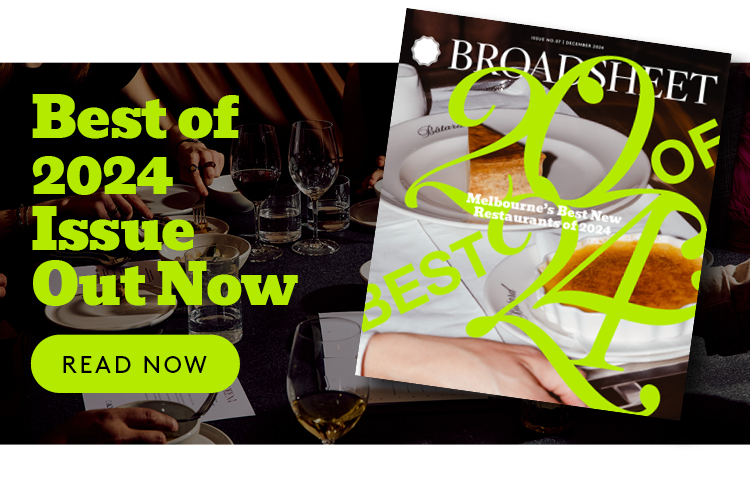Cities are in a constant state of flux. So as they inevitably change, the way we live within them must also change – we only have to look at the past few years to realise how true this is. For the people responsible for literally shaping our cities, like property developers, these shifting priorities and ways of living and working must be reflected in new buildings that look, feel and act differently to traditional residential spaces. That includes having an eye on the future.
James Herbert knows this well. As a director at Time & Place, the Melbourne and Sydney-based developers responsible for bringing the Ace Hotel to Australia, Herbert must stay intimately familiar with the lifestyle expectations of both the present and near future. It’s a process which has led to a new term being coined: the “experience-driven development”.
A new philosophy of living
The concept of the experience-driven development hinges on the idea that buildings of the future should be more than just places to live, work or stay – they should be hubs of community and invite interaction between both residents and locals. “We envision future buildings as places where people can seek authentic experiences and like-minded communities,” says Herbert.
How this looks in practice is tied in with the “15-minute neighbourhood” concept, which sees local areas offer recreation, resources, restaurants, amenities and community services in an easily accessible neighbourhood – just about everything an individual and community might need. “It’s about not having to rely on car travel to be able to access those key things,” says Herbert. As well as health and sustainability benefits, “neighbourhoods effectively become a little bit more self-contained.”
For Time & Place, this is resulting in the design of experience-driven developments that aim to welcome both locals and first-time visitors - not just the building residents or owners. “What we’ve often found with hotels and residential buildings is they’re kind of locked away from the city,” says Herbert. “[It means] they don’t often participate as an important member within the community.” The shift to this more inviting concept is evident in Time & Place’s The Queensbridge Building in Melbourne. Located on Queens Bridge Street in Southbank, the building will have an open ground plan which aims to work as both a meeting point and thoroughfare via a neighbourhood hotel restaurant and bar, a work club and with direct access to an urban park designed for neighbourhood recreation and activation.
Shared amenities and shared values
Many apartments and hotels tend to segregate their tenants, which can cultivate an us versus them mentality – anathema to fostering a community. Developers like Time & Place say a key way to bridge the gap is by designing shared amenities.
At the Queensbridge Building, that includes pay-as-you-go health and wellness experiences like instructor-led yoga and boxing, which will be curated by an in-house social team and an “experience director”. And with residents able to access the majority of their needs within walking distance, there’s less reliance on owning a car – an in-house fleet of Teslas will be available to book instead. All these services will be run through an app, which is part of a broader trend of tech-led living enabling a building to respond in real time to its residents’ ever-changing needs.
The changing face of work
Those needs include how post-pandemic behaviour has redrawn our work and life boundaries. “The flexibility to work from home has changed what we want from the amenity within our homes” says Herbert. And with experience-driven development, even working from home can be communal. It’s why a building like the Queensbridge will come with bookable work pods and shared working areas.
“Your apartment is not the only option for working from home,” says Herbert. “You can utilise this really amazing co-working environment and meet and collaborate with like-minded people from different industries”.
Working from home has become even more optional with the recent mainstream embrace of AI. Herbert says these same tech innovations extend to how we will utilise the buildings we live in.
“Advanced digital networks and AI will add agility to communities and optimise quality of life,” says Herbert. “What we’re doing is setting up our buildings to create long-term value with technology, so that our buildings evolve with the changing demands of modern life.”
Watch: Modern Nostalgia is the Future of Apartment Living
Architect Callum Fraser is responsible for helping to design some of Australia’s most visible and celebrated buildings. In our series on looking at how we'll live, work and play in the cities of our future, we meet Fraser to find out how key existing buildings might hold the clues to what our cities might look like.
This article is produced by Broadsheet in partnership with Time & Place. Find out more details about The Queensbridge Building and its design – set to be completed in early 2025.

















